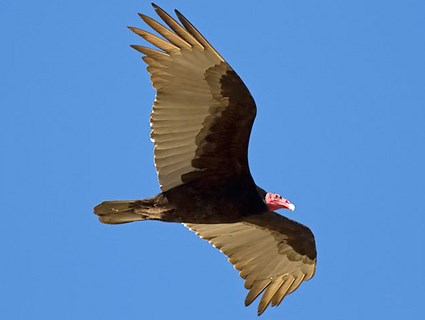Snow: It gets dumped on your property uninvited, and you have to clean it up. Can we find any reasons to see snow as a resource instead of as a problem?
One reason to see snow as a resource is that it can help you learn about your site conditions. Yes, you already know you live in a snowy climate. But look more closely at the fresh powder before you shovel or blow it away. What animals have visited your yard, looking for food and shelter to help them survive the winter? Maybe you can find the distinctive tracks of rabbits. (The tracks may lead to a little pile of dung. This will become great fertilizer for your plants in the spring.)
Also notice the pattern of snowfall. Where is the snow piled up? This tells you how wind moves across your property. Where is the snow already melting? This is the warmest spot in your yard – a sunny place, or maybe a leak in your insulation.
A second reason to see snow as a resource is that – somewhat counterintuitively – it improves your insulation. Being mostly air pockets, snow is great at trapping heat. A thick blanket of it on your roof helps keep warmth from escaping through the attic. How wonderful of Nature to throw some extra insulation on our houses, just when we need it!
It may be hard to think of snow as helping us stay warm, when it’s so cold – especially because the presence of snow makes the whole planet colder. This is because one factor affecting the average temperature of the Earth is albedo, or reflectiveness. Light-colored features, like snow and ice, reflect more of the Sun’s energy back into space than dark-colored features do. When more solar energy goes back into space, the Earth stays cooler. In other words, letting a layer of white snow stay on your black driveway helps fight climate change!
To answer the question from the last post, consider the benefits of snow when deciding how much of it needs to be moved. You may find that a few minutes of shoveling strikes the best balance between the advantages and frustrations of our bountiful Wisconsin snow.
